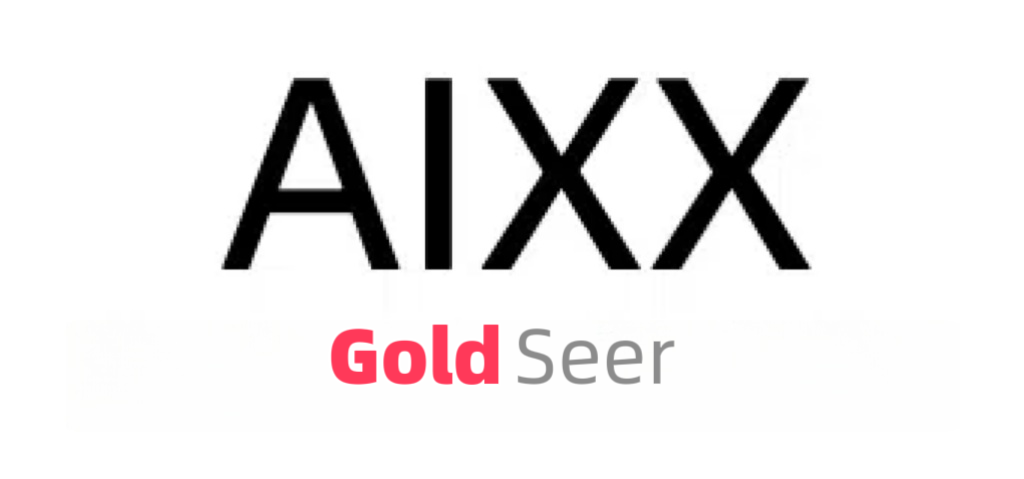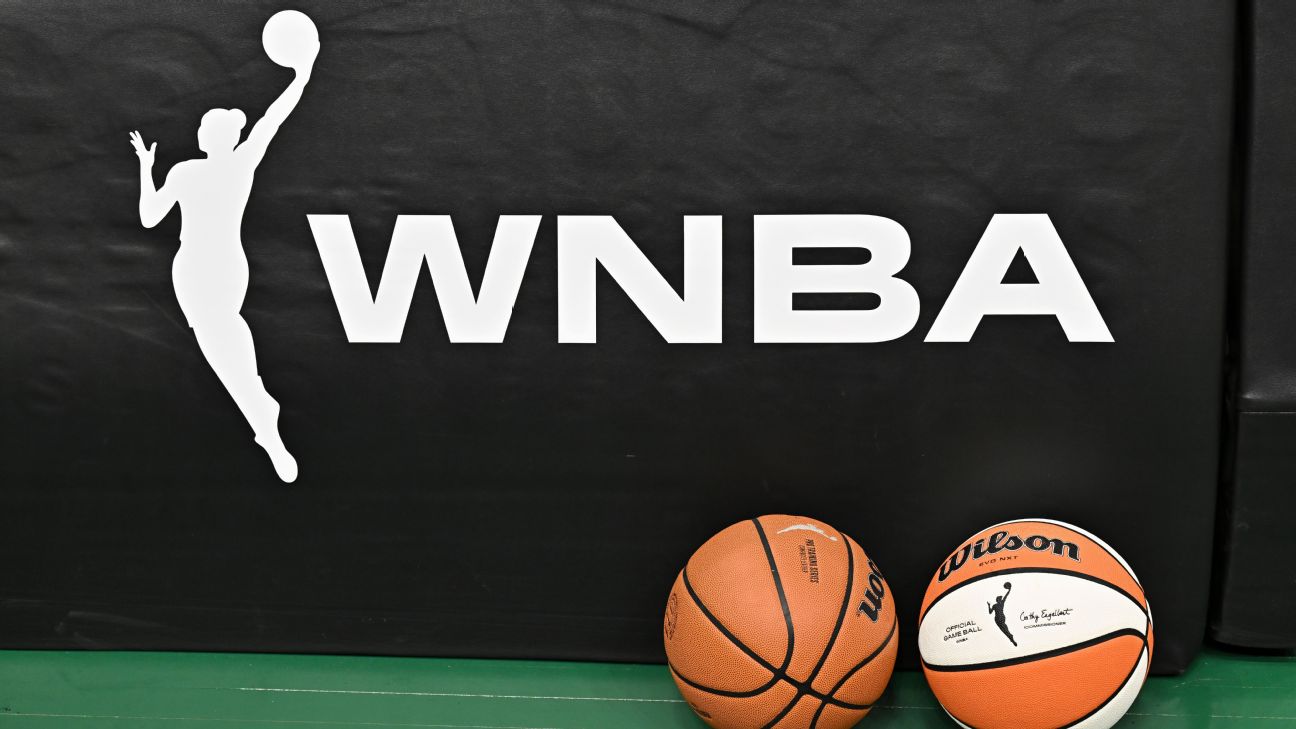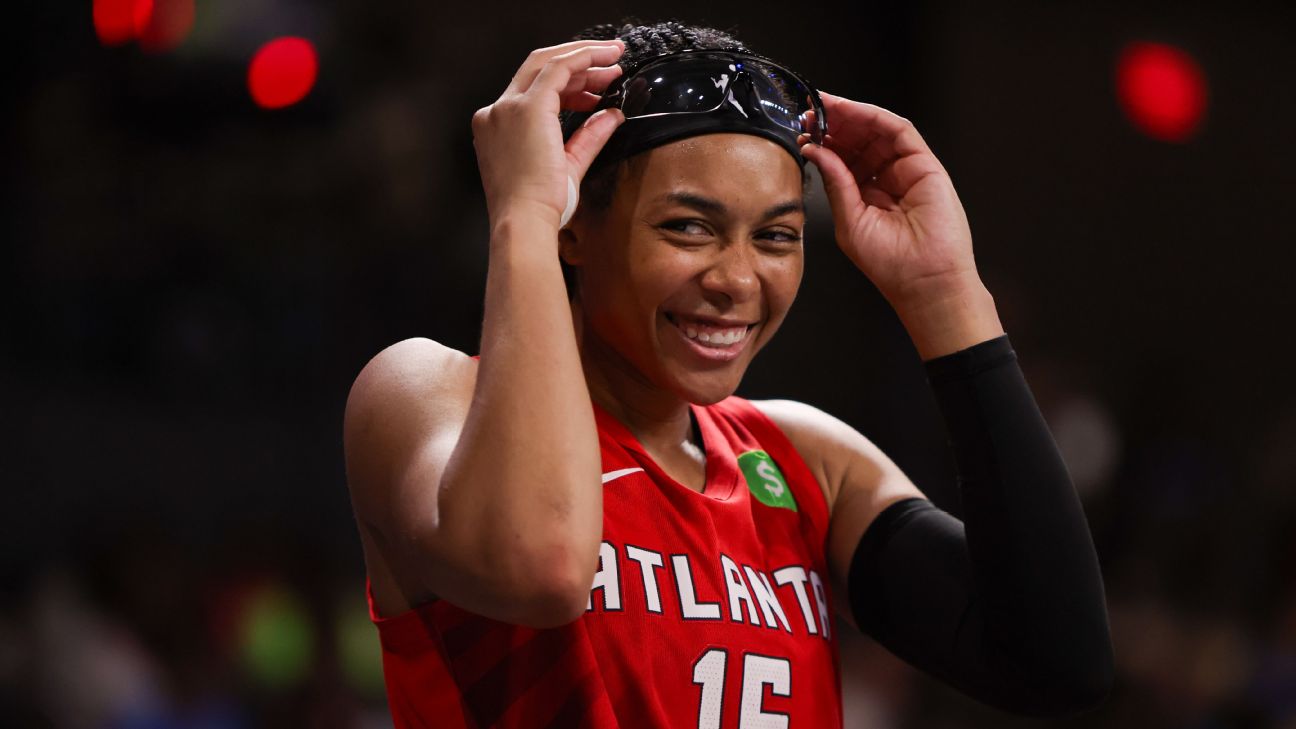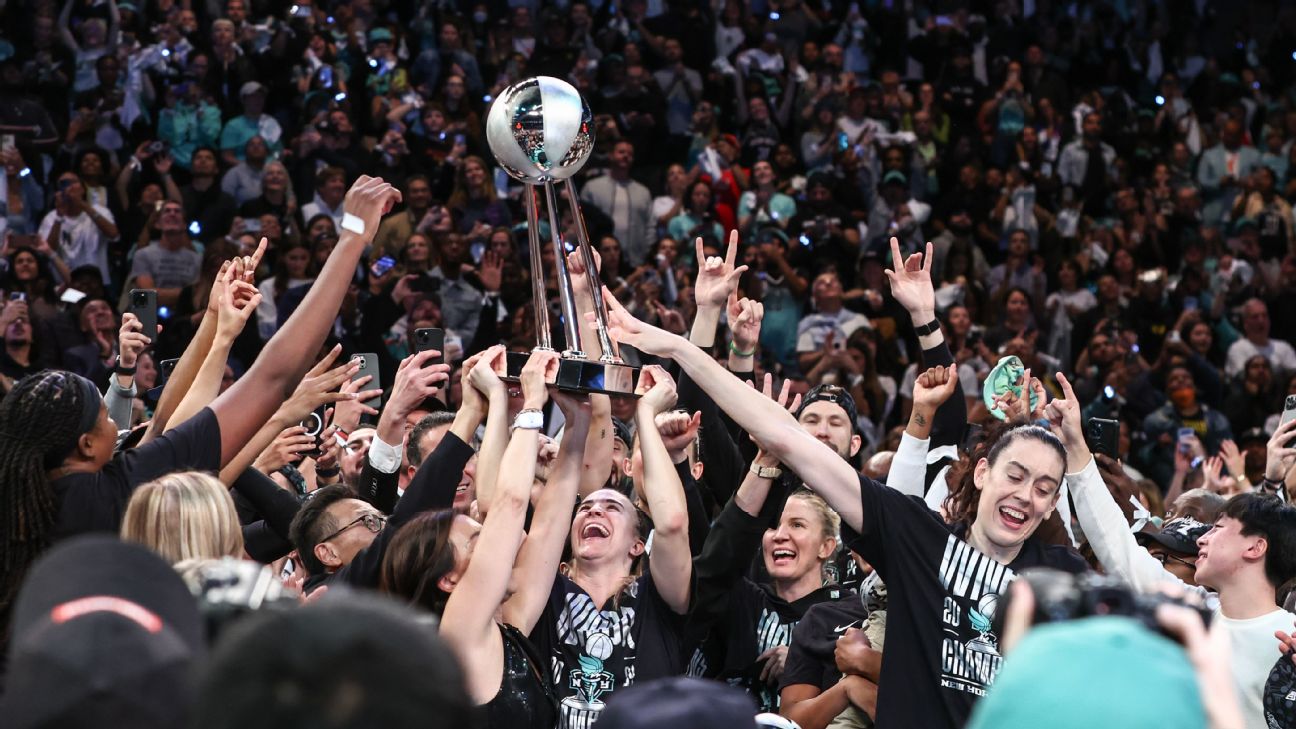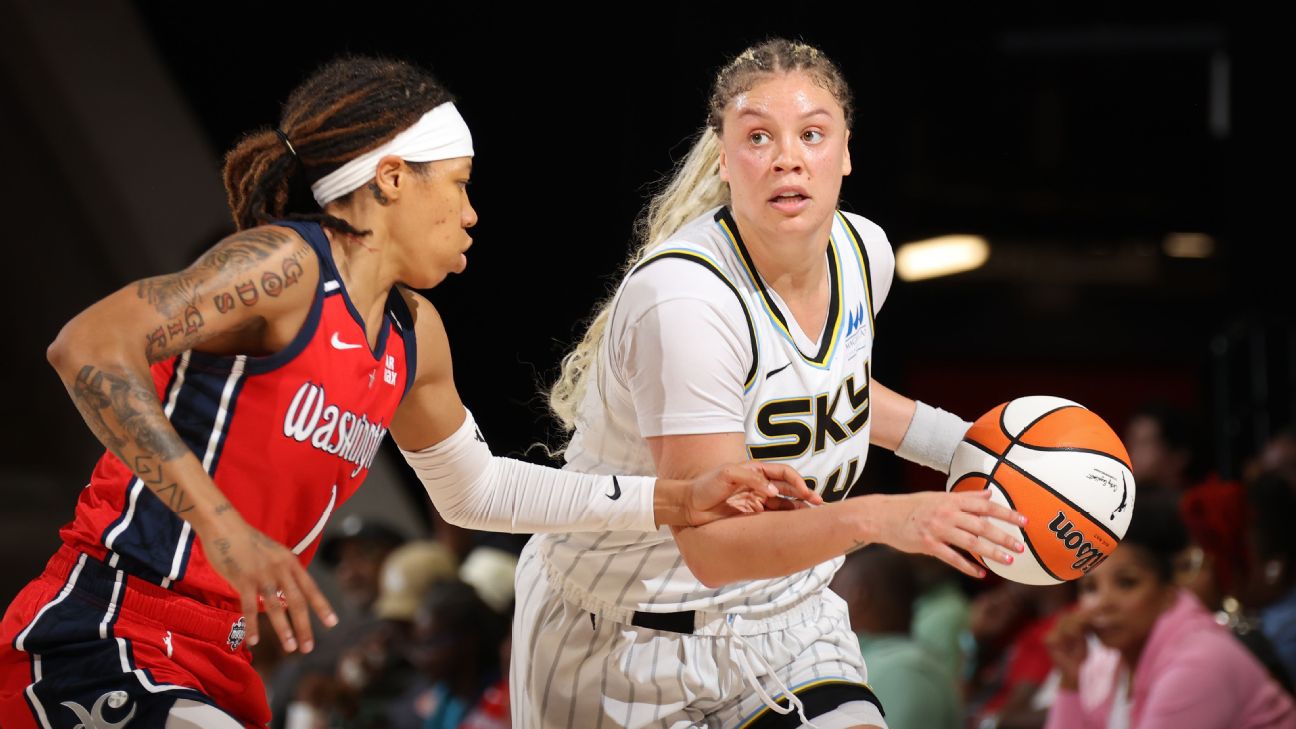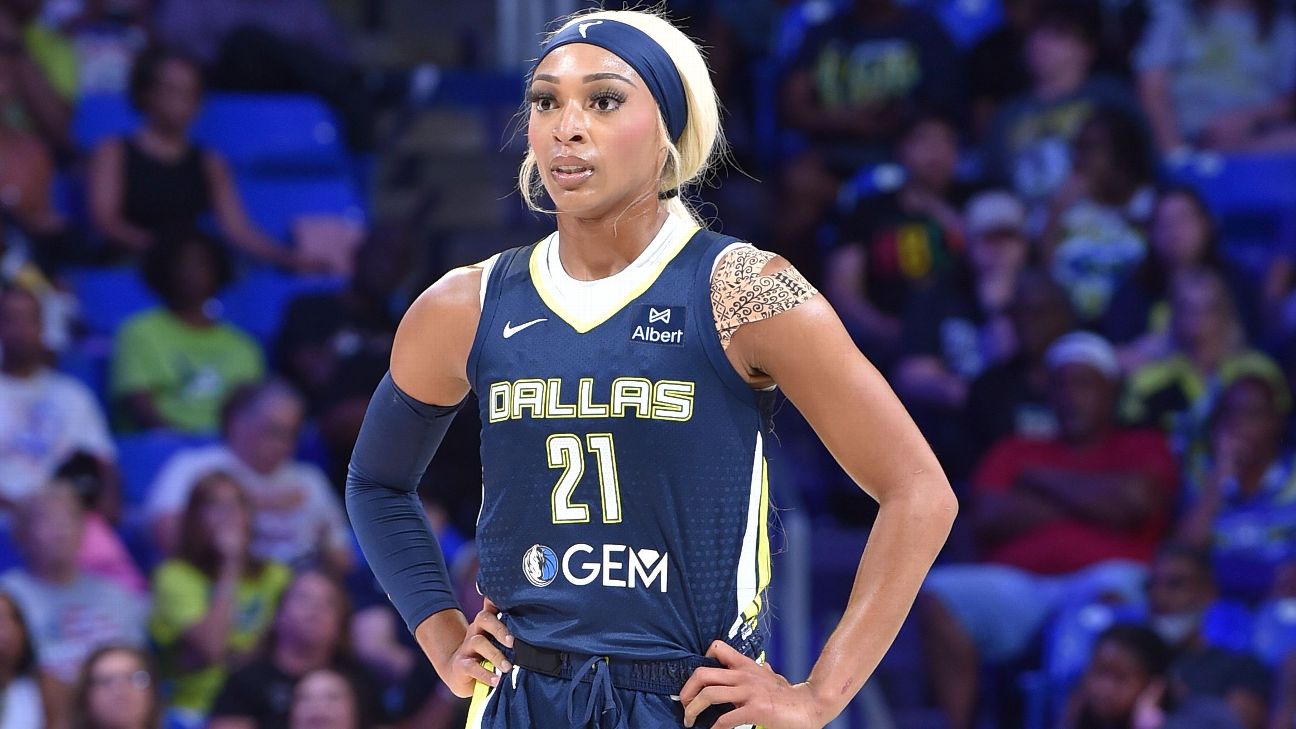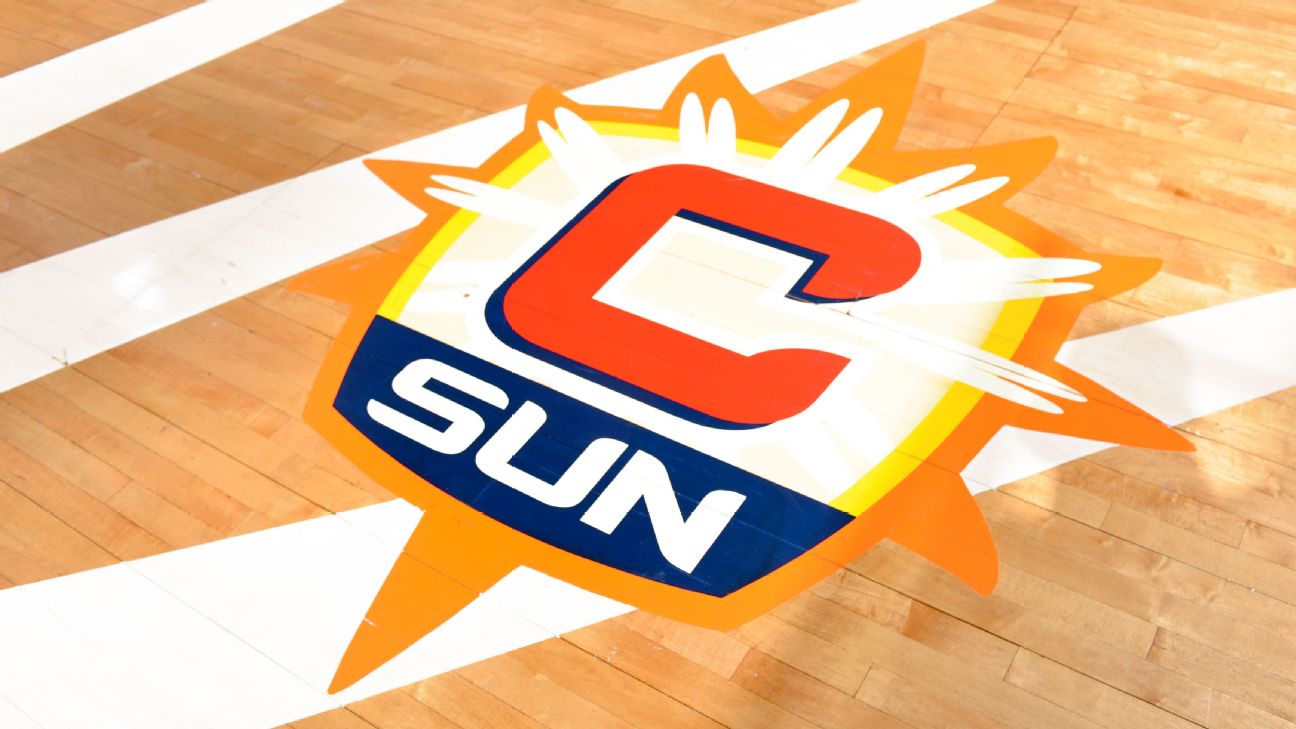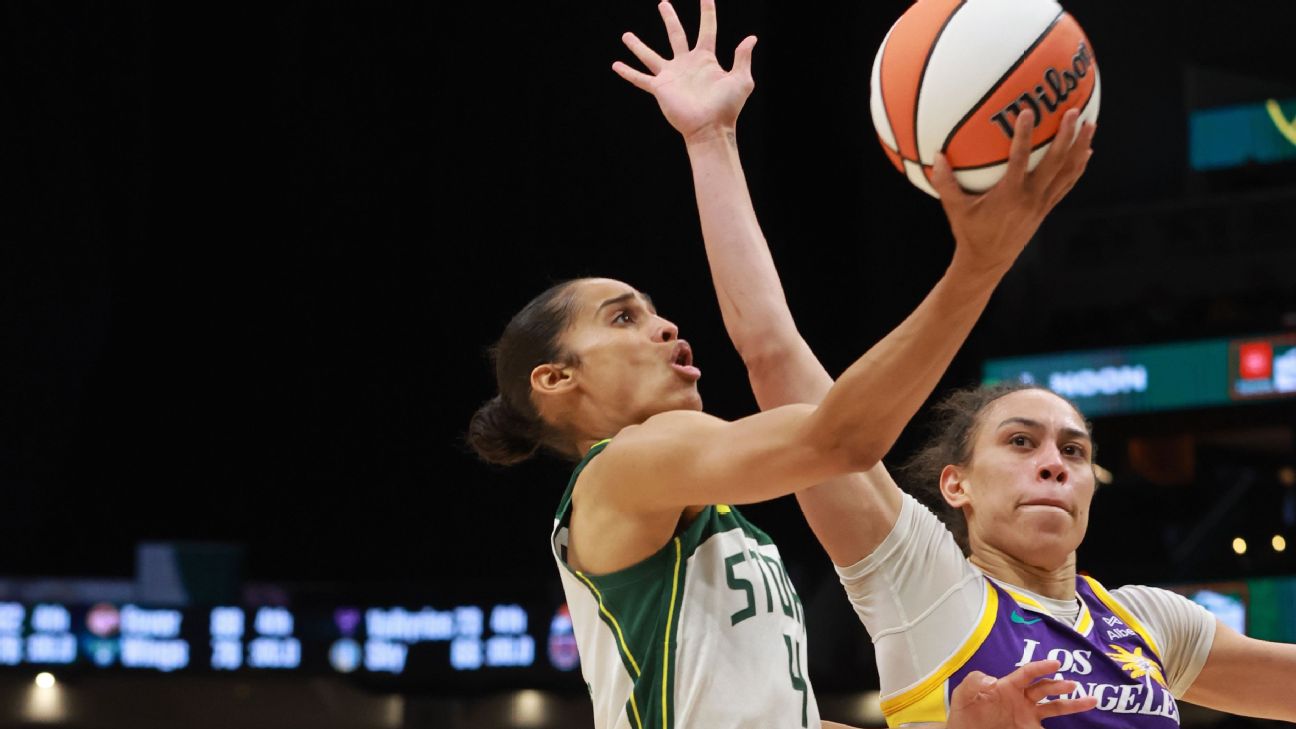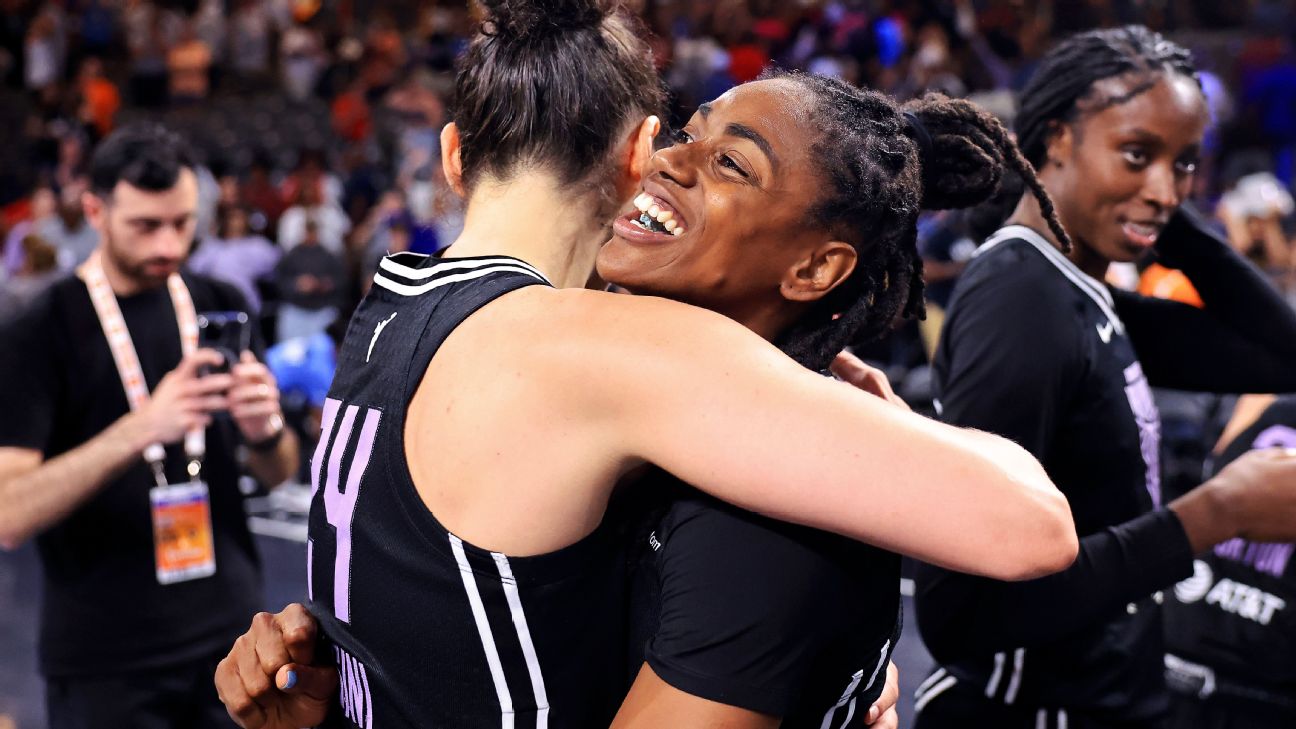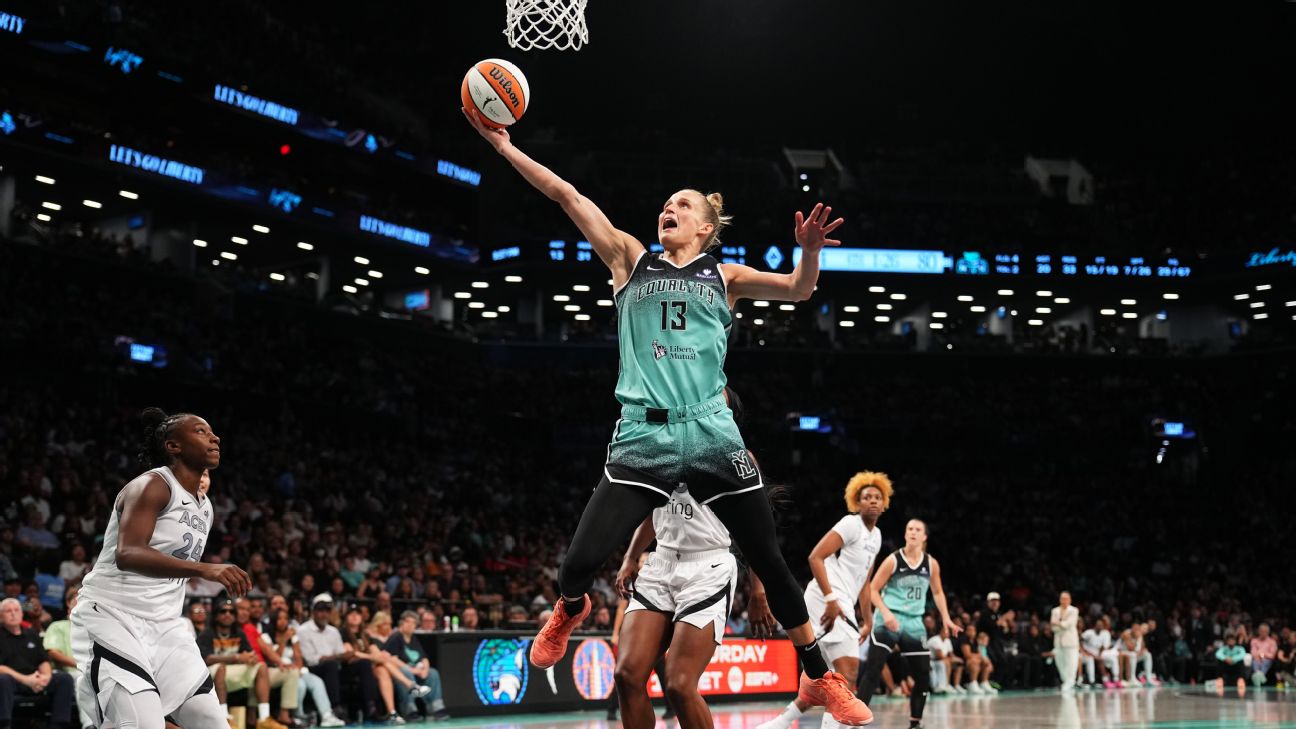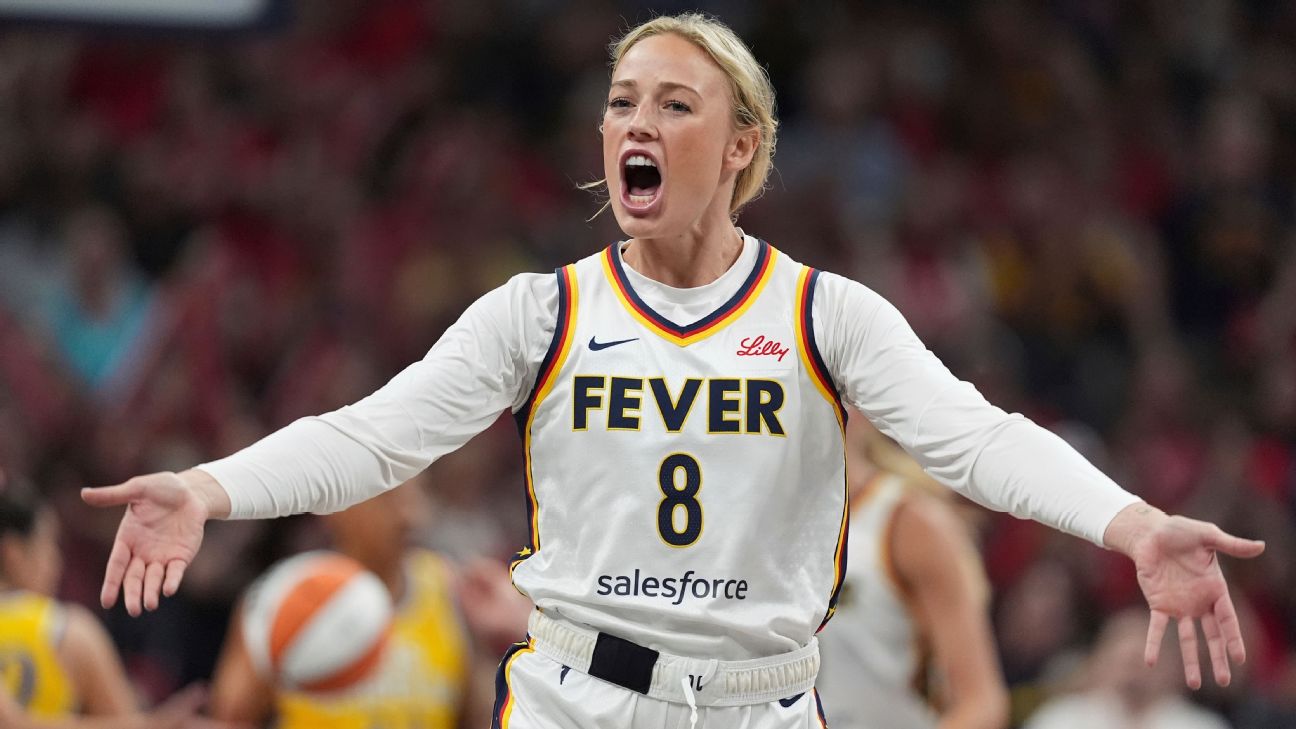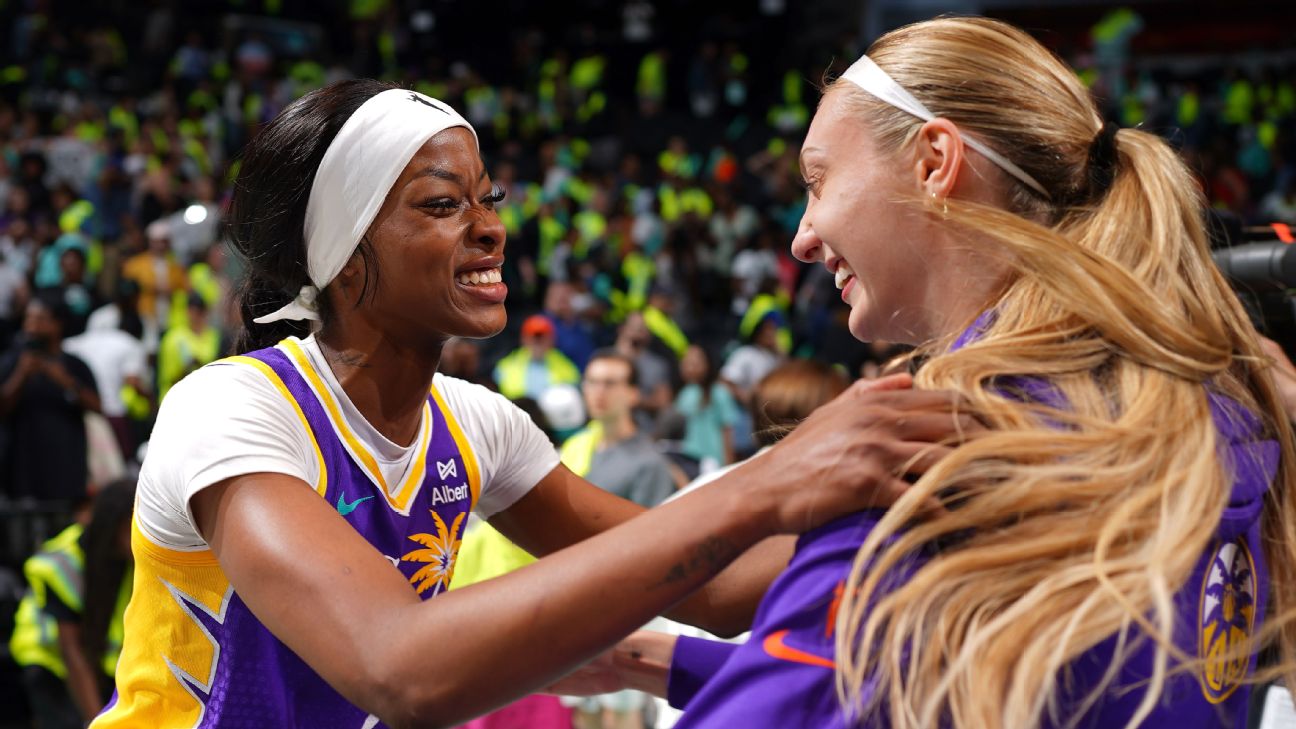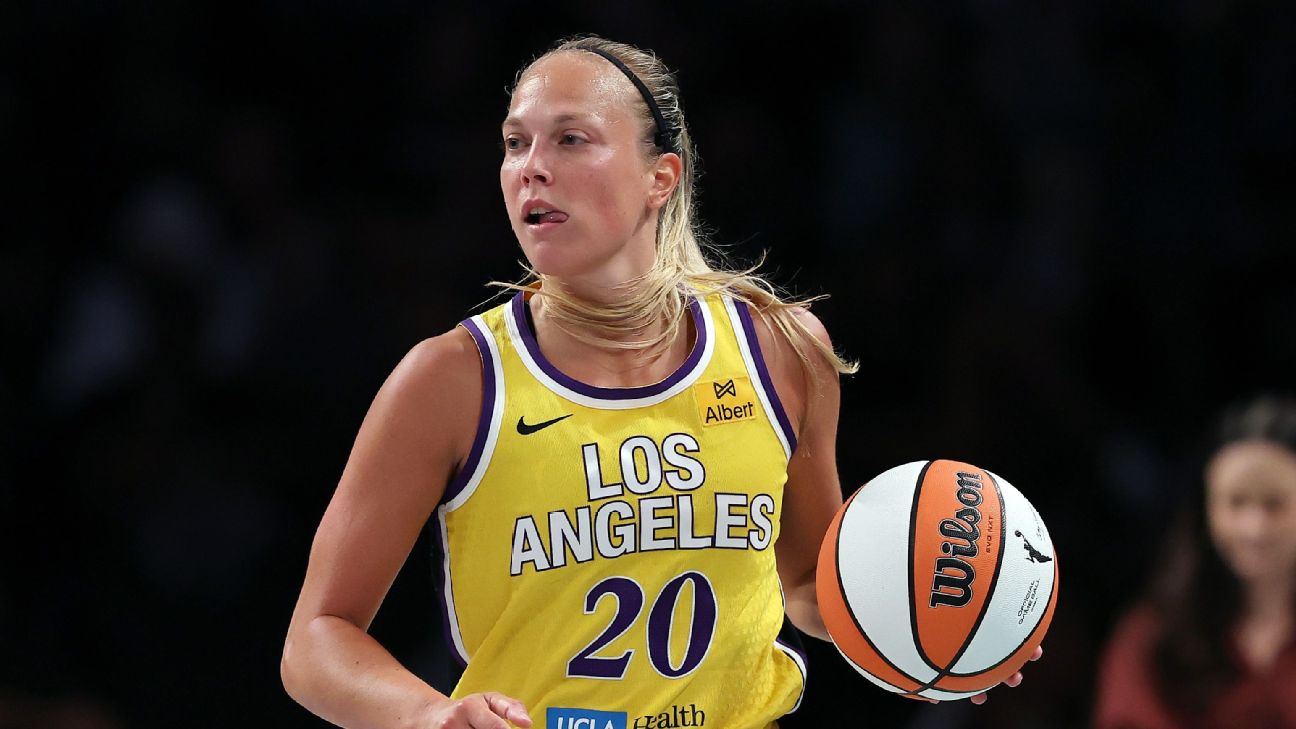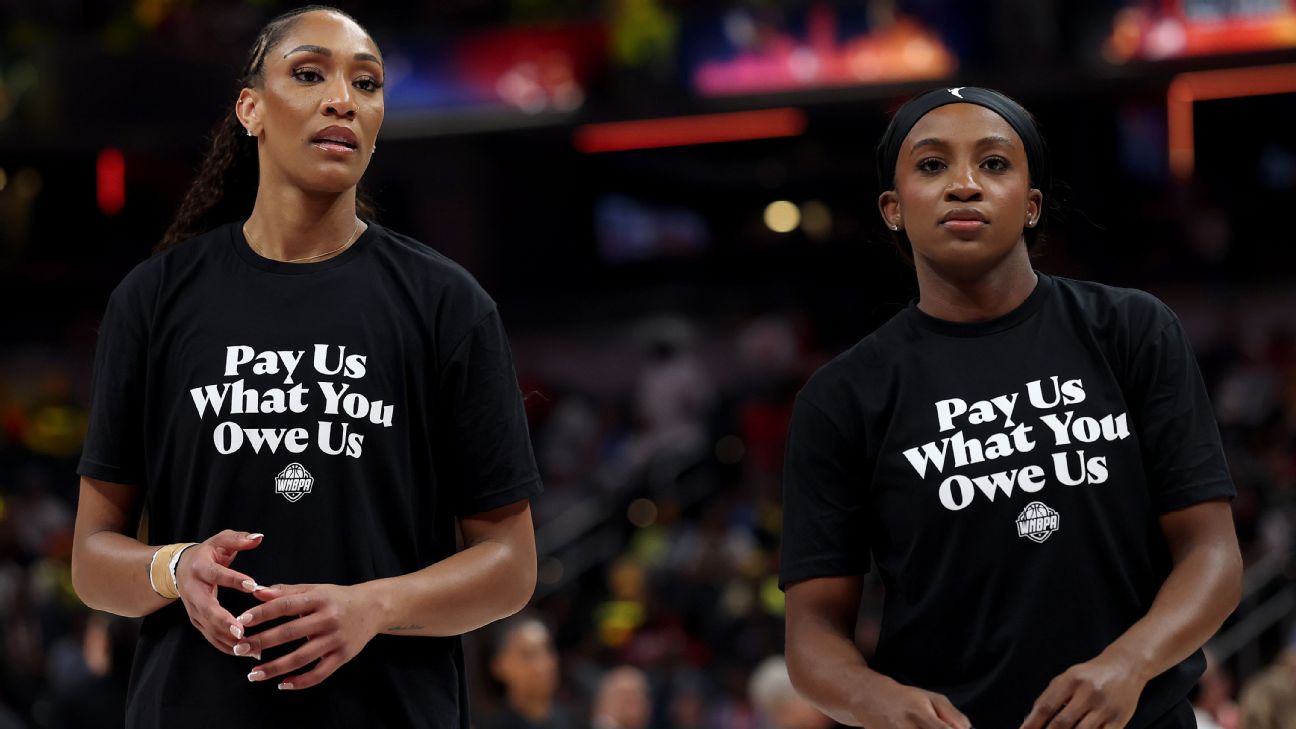WNBA CBA Negotiations 2025: Revenue Sharing, Lockout Risks, and Future Prospects
Explore the latest on WNBA's CBA negotiations, focusing on revenue sharing, potential lockout risks, and the future of women's basketball.
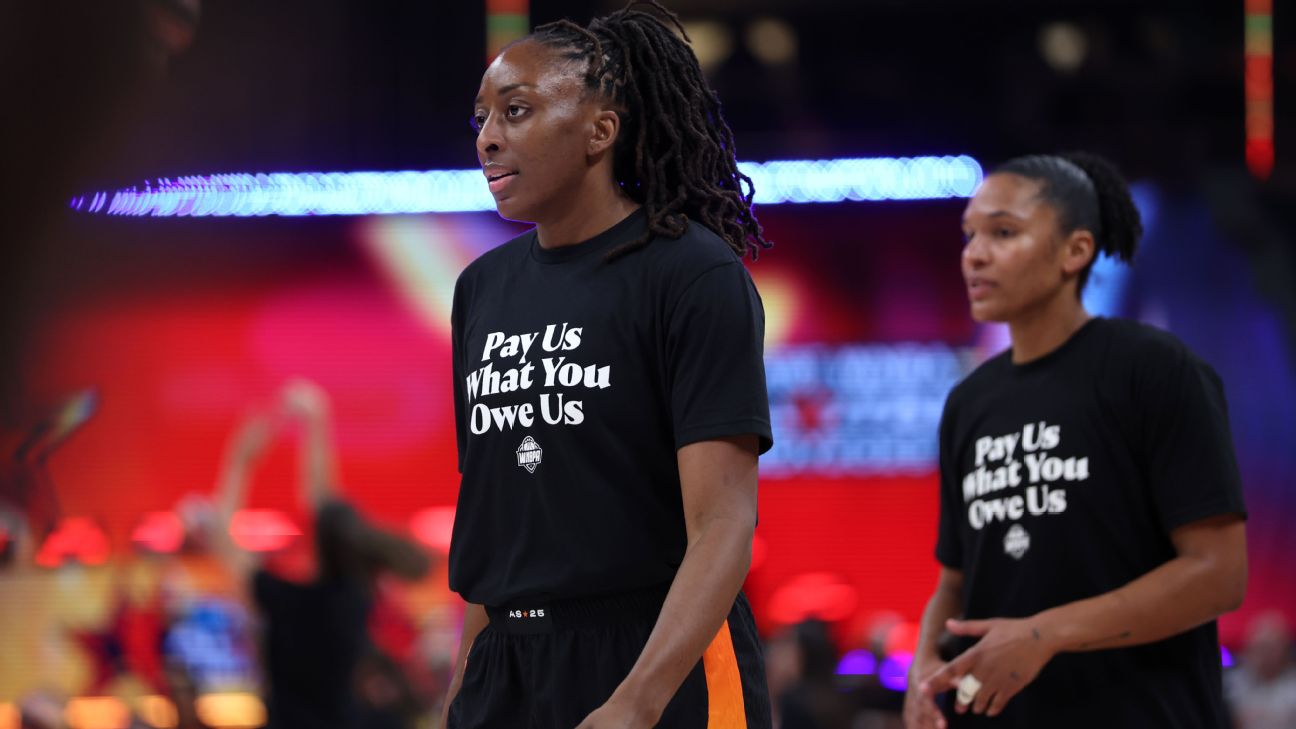
Introduction
The WNBA's collective bargaining agreement (CBA) negotiations have become the focal point of the 2025 season. With the current CBA set to expire on October 31, the discussions around revenue sharing, player salaries, and potential lockout risks are more critical than ever. This article delves into the key issues at stake and what the future holds for the WNBA.
Revenue Sharing: The Core Issue
Revenue sharing remains the most contentious issue in the CBA negotiations. Players, led by WNBPA president Nneka Ogwumike, are pushing for a system that allows them to earn a greater percentage of the league's revenue as the business grows. The current CBA, which began in 2020, set modest annual raises and was based on pre-pandemic revenue projections. However, the league's recent growth, including increased attendance and higher franchise valuations, has players questioning whether they are receiving their fair share.
Potential Lockout: A Real Threat?
While a lockout would be unprecedented in WNBA history, the possibility looms large. The players' dissatisfaction with the outcome of their meeting at the All-Star break has only heightened tensions. Ideally, a new deal would be reached before the current CBA expires, allowing the offseason to proceed as scheduled. However, if negotiations drag on, a lockout could disrupt the league's expansion plans, including the addition of the Portland Fire and Toronto Tempo in 2026.
Prioritization and Player Commitments
Another key issue in the negotiations is prioritization. Owners want players to prioritize the WNBA over overseas leagues and other ventures like Unrivaled, a U.S.-based 3-on-3 league. While there are exceptions for younger players and those competing for national teams, the owners believe that firm prioritization rules bring more respect to the league and have prompted scheduling concessions from overseas leagues and FIBA events.
Looking Ahead
As the negotiations continue, the players are focused on securing a deal that reflects the league's growth and ensures their fair share of the revenue. The WNBA's future looks promising, with expansion teams on the horizon and increased interest in women's basketball. However, the outcome of these CBA negotiations will play a crucial role in shaping the league's trajectory.
Conclusion
The WNBA's CBA negotiations are at a critical juncture. With revenue sharing, potential lockout risks, and player commitments on the table, the outcome will have far-reaching implications for the league's future. As the players and owners work towards a resolution, the focus remains on securing a deal that benefits all parties and ensures the continued growth of women's basketball.
